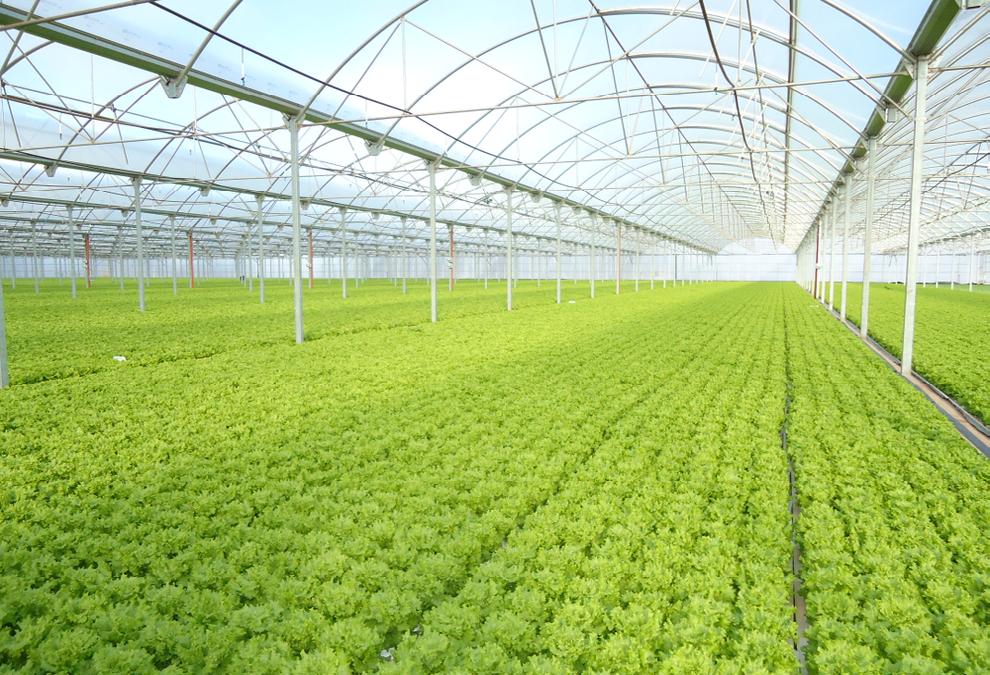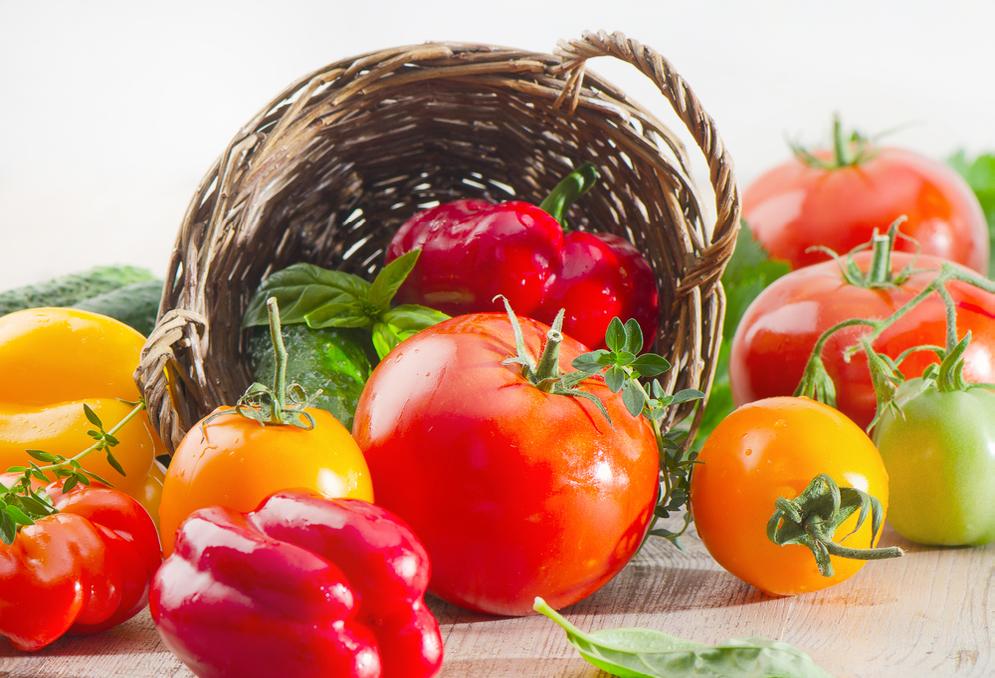
5 minute read
Budgeting for 2023/24 - a different approach?
by allmanhall
With ONS CPI inflation on food and nonalcoholic drinks climbing to 18% for the 12 months to February 2023 the thought of budgeting for the upcoming financial year is not a pleasant one!
Spiralling food and energy prices are putting catering operations under huge cost pressure and in turn, a need to find savings wherever possible. The process of identifying and delivering savings opportunities is far from easy and many organisations overlook their budgeting method within this process. A move away from the traditional, incremental, method of budgeting could help.
Incremental budgeting
Is the traditional budgeting method of taking the current year/period performance as a starting point and applying an increase for the new year/period. These increases attempt to cover elements such as inflation, price increases, meal numbers, etc. Incremental budgeting is widely adopted and does have benefits;
• It’s easy to prepare and easy to understand
• Less time-consuming than other methods
• Can be applied consistently across organisations.
There are drawbacks to the incremental method, particularly with the level of macro instability we are currently experiencing;
• A lack of stability can make accurately applying increases tricky
• A lack of clarity on potential increases can make them hard to justify
• Waste is encouraged, by assuming that all current and previous costs are needed, opportunities to remove unnecessary cost can be missed
• Ever-increasing budgets have the opposite effect of encouraging cost reduction
• Encourages a spend it or lose it attitude where budget holders spend up to the maximum to ensure they do not have budgets cut for the following year/period.

Although being efficient to prepare, incremental budgeting falls short during high-cost pressure times when identifying and delivering savings is crucial. So, is there a different approach?
Zero-based budgeting
This budgeting method starts from zero. Previous years/periods’ results are not considered, instead, all budget lines are built up from zero with all expenditures requiring scrutiny rather than just the amount of increase. Zero-based budgeting can be particularly beneficial in identifying cost-saving opportunities; request for an increased budget, but budget holders will have the information required to justify any increases
• Actions taken to mitigate costs are easier to realise
• Less emphasis on spending cost surpluses.
The major drawback of a zero-based budget is the time and knowledge required to carry out the process. There may be an increased cost in the process that should not be overlooked. It may make more sense to apply a zerobased approach to parts of the organisation’s budgets rather than across the board as more stable costs may simply not require or justify increased scrutiny.
• By starting from zero, all costs need to be justified. Any unnecessary cost is removed from the budget from the outset
• By fostering a questioning attitude, budget holders have more ownership
• A zero-based approach may still lead to a
Fresh produce challenges and alternative products

Shortages of fresh fruit and vegetables are nothing new. As we move into summer, we take a look at the factors impacting the availability of fresh produce recently and make forecasts regarding what you can expect to see over the coming months, to help you plan…
Climate change
Quality standards and availability have always been susceptible during the challenging transitional periods between growing seasons, or due to the variability of our seasonal weather patterns. Farmers are skilled at managing their way through these anticipated scenarios. However, the effects of climate change are making this much harder. With even greater volatility and weather extremes, the Environment Agency have stated that “planning for increasingly more extreme weather is essential in order for everyone to be prepared for the impacts these events cause – both drought and flooding”.
The Met Office reported that February 2023 was remarkable for its dryness, being the UK’s driest February since 1993. This has been compounded reservoir capacity falling to just 49% at the end of September 2022. With only half of UK potato plantings having irrigation systems, the vulnerability surrounding water abstraction, collection, storage and distribution means an intensification of existing uncertainties brought about by the rising costs of producing potatoes and rising energy bills. With reports that the cost of producing potatoes has increased by 20% it is easy to understand that, with added drought fears, many UK growers may decide against or reduce plantings this spring. What happens this month will to a large extent determine potato prices in July 2023 to May 2024.
Food security
Looking at domestic consumption in 2021, 56% of all vegetables ingested were grown in the UK. For this UK figure was only 13%, with 26% from the EU and 61% from further afield.
Food security and resilience are built upon a mixture of strong domestic production and supply from diverse sources. In the case of the recent shortage of tomatoes, capsicum and cucumbers, the exceptionally cold weather in Spain and Morocco was made all the more serious as a result of a significant decline in UK glasshouse production brought about by unaffordable energy costs – a perfect storm that was only ever going to be avoidable with some form of high-level intervention.
Potatoes are not the only crop impacted by concerns of dwindling water supplies. Particularly dry conditions in Southern England and East Anglia, which is a key growing region, are leading to apprehension about future availability and high prices. With main crop drilling in March and April, any impacts could be long lasting. East Anglia was the driest region in the UK during 2022 which was in itself the eighth driest year since 1836. Groundwater levels and reservoir stocks are below normal levels, whilst soil moisture deficit levels have increased there, fuelling growers concerns in the region. Where these items of produce are suffering low availability, expect to see high prices (supply vs demand economics).

Energy intensive glasshouse production
Year-round supply of fresh produce has its environmental downsides. The impact of transport is often overstated and can be minimal in comparison to the intensive production methods used in glasshouses.



Produce grown out of season in glasshouses emits up to five times more carbon than imported produce from overseas, when grown in season and outdoors. In fact, half of all the emissions related to transport come from a very small proportion of products flown in by air. Just 1.5% of all imported fresh produce is airfreighted into the UK, these include Fine Beans from Kenya and Asparagus from Peru.
Changing climate impacts on European production
The summer of 2022 was Europe’s hottest on record, according to the global climate report from the EU’s Copernicus Climate Change Service. These unusually high temperatures continued into autumn and early winter, which in turn led to severe problems early on during the flowering and the production of salad crops. Lower availability is likely to impact salad prices.
High energy costs from both airfreight and glasshouses are likely to lead to high production costs and emissions and high produce costs of these items. Avoiding where possible or at least reducing them in your menu planning will help achieve cost savings as well as supporting the reduction of your carbon footprint – sustainable value!
For more on this, see also our seasonal eating article on page 48










